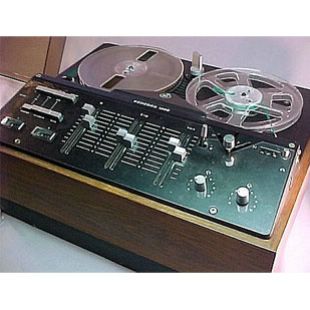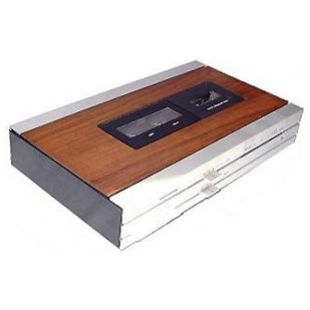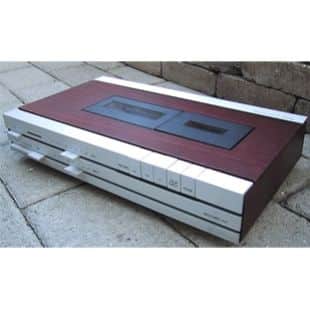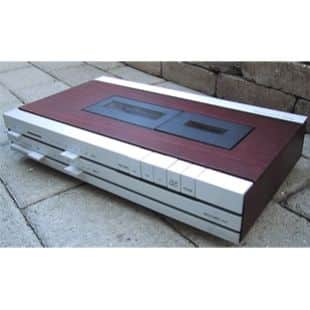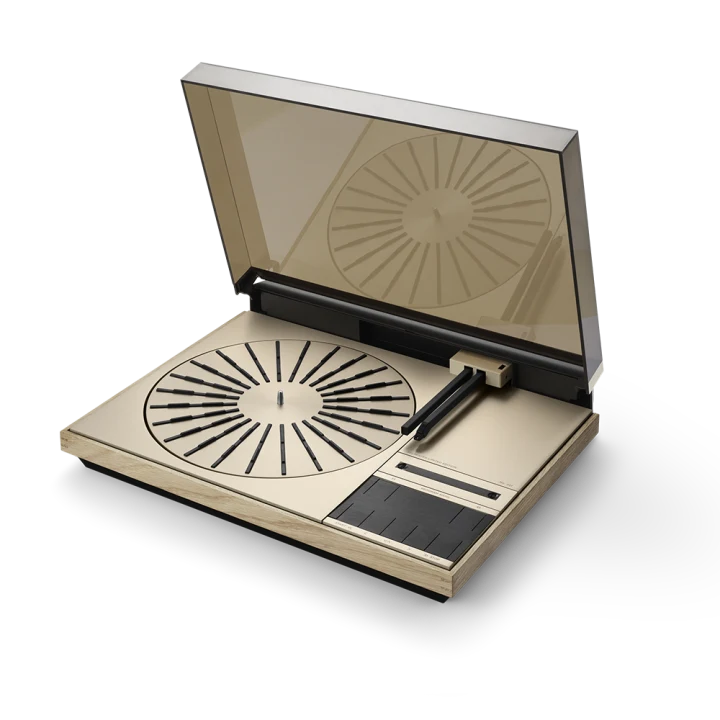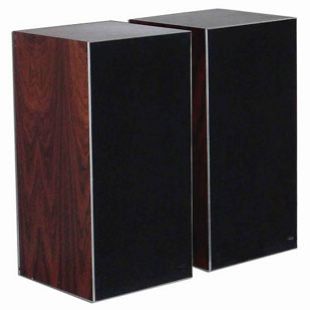BeoCord 4500
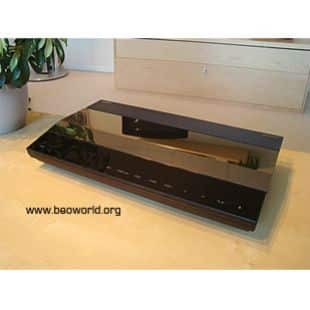
Beocord 4500 cassette recorder housed exciting details and distinguished technology. Like Auto Reverse, so you did not need to turn over the tape. Automatic registration of the type of tape, and Bang & Olufsen’s patented HX-PRO recording system that provided optimal sound reproduction. Both in design and technology, Beocord 4500 was a direct extension of Beomaster 4500.
The cassette recorder featured Bang & Olufsen’s own HX-PRO recording system which ensures that recordings are made as perfectly as possible. With the Beolink 1000 terminal or by lightly touching the panel itself, you could select a particular piece of music you wanted to hear. The search system found it automatically whether it was on Side 1 or Side 2 of the cassette. For Beocord 4500 had Auto Reverse so you did not have to turn the tape over.
The recorder was also equipped with Dolby B and knew exactly what type of tape you were using. Beocord 4500 could be used as part of the Beosystem 4500 hi-fi system.

